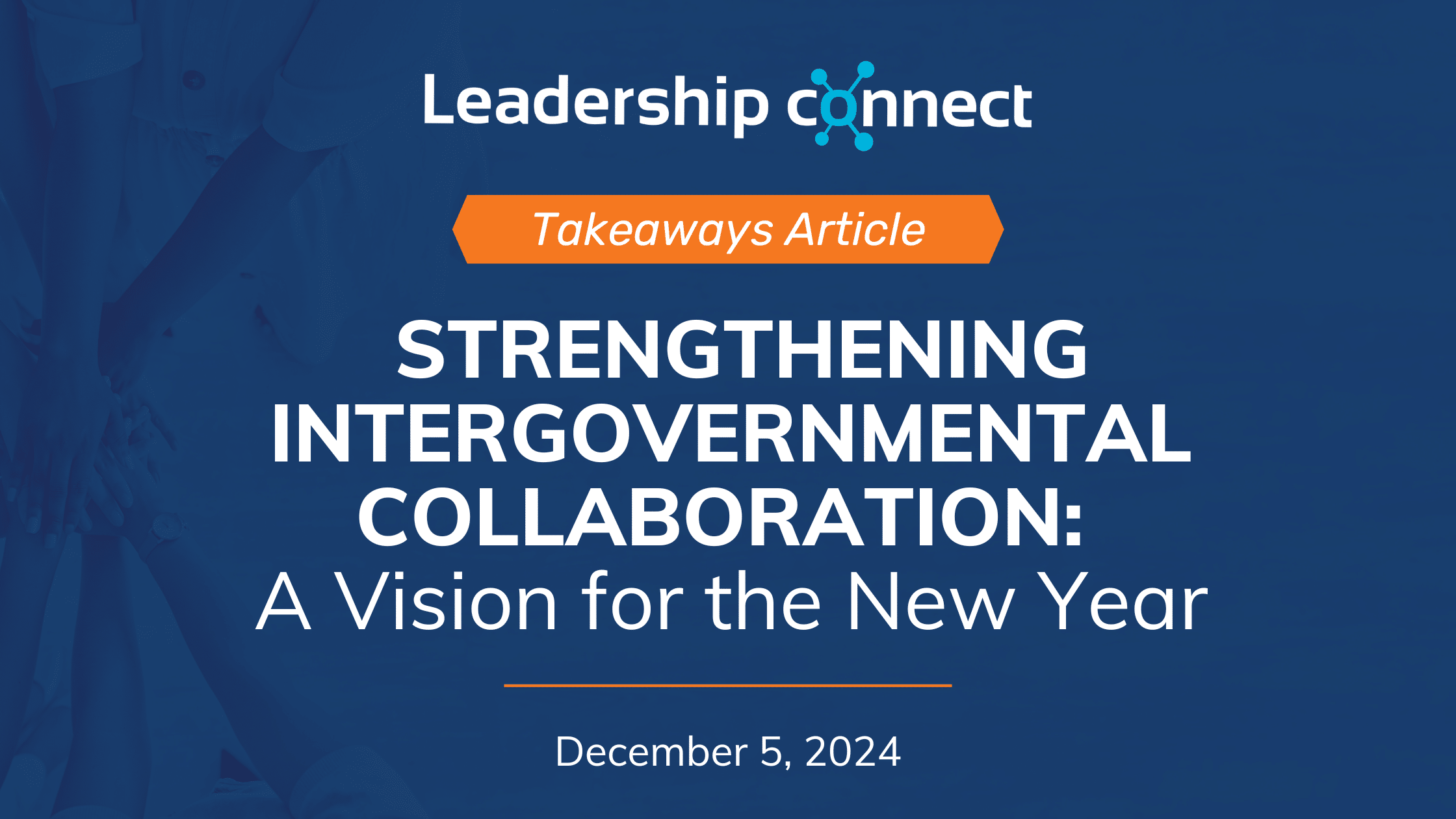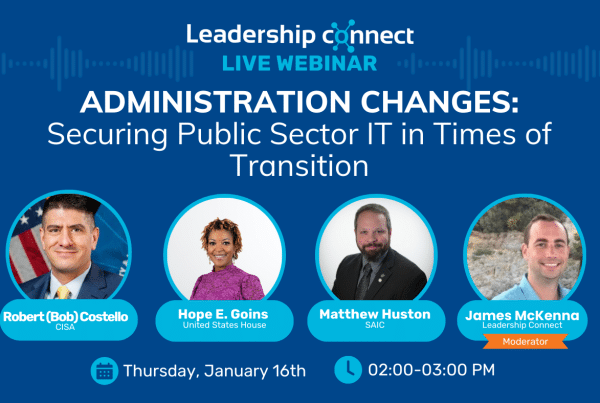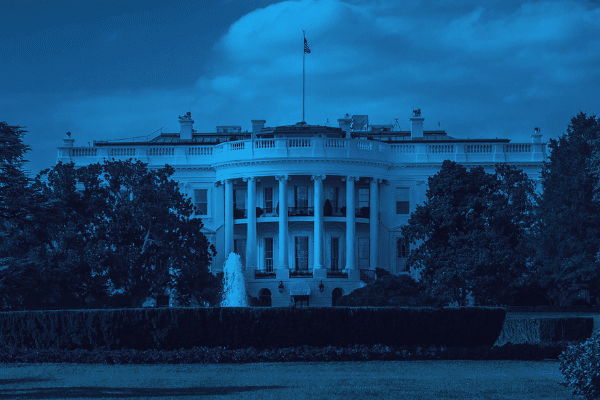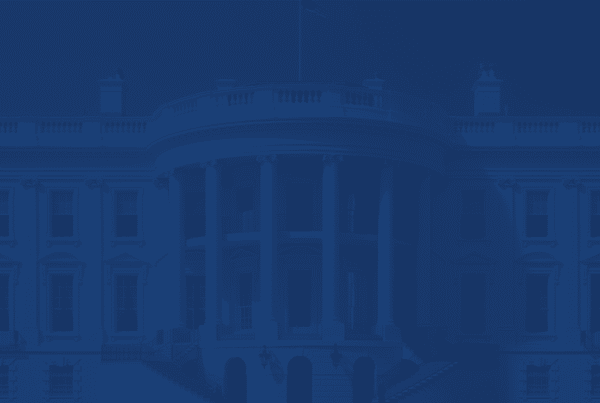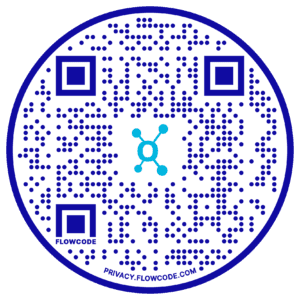On December 5, Leadership Connect hosted a webinar centered on effective intergovernmental collaboration and the strategies, challenges, and tips that go along with it.

The panelists focused on how collaboration helps government ensure that policies align with citizen needs on all levels of government. They walked the audience through some barriers like political climates, unclear communication, and technological incompatibilities and how to effectively navigate these and other challenges with the proper strategies and procedures in place.
Missed the conversation? Check out the highlights below and watch the whole thing here and make sure to follow our Events Page to get in on the next conversation.
Strategies for government entities
- Building Strategic Partnerships: No level of government can operate totally on their own. The nature of government requires intervention and collaboration from all levels. Start looking into teaming efforts with nonprofits to enhance communication and provide valuable insights. Nonprofits often help educate communities about policies to act as interpreters for the agencies.
PRO TIP: Find those nonprofit champions with advanced search filters streamline finding relevant partners to support these efforts.

- Advocacy and constituent engagement: A key part of being an elected official is to understand constituent needs and to provide the resources that they inherently expect from all levels of government. This task is made easier with frequent conversations with state and local offices and the help of nonprofits to communicate local impacts and community priorities. Elected officials should prioritize these conversations and then take what they’ve learned to other levels of government to start teaming up on solutions and strategies.
- Get involved: Look for opportunities where you can attend constituent events to get your name and face out there. It’s commonly known that the people who have the most name recognition get the most visibility in the government, so showing communities that you are willing to meet with them and care enough about their causes to participate in their events can catapult you forward and open doors for more collaborative efforts.
PRO TIP: Look for industry events to get your name out there are start networking. Use community events to meet the right government officials or the active community members to initiate those conversations that lead to future collaboration.
Strategies for citizens
- Engage early and often: Citizens should actively participate in the policy-making process, particularly during early development stages. Getting in on the ground floor helps make sure community voices shape decisions before they are finalized.
- Know the right contacts: Understanding which officials handle specific issues avoids miscommunication and helps streamline collaboration efforts.
PRO TIP: Use Leadership Connect’s relationship maps to see who knows who or if you have a common connection that could be a great conversation starter. Craft your messages to those contacts with personal notes that can make your conversation stand out, enabling meaningful dialogue and action.
- Support through partnerships: Citizens can work with nonprofits to navigate complex issues, leveraging their expertise for community benefit. Leadership Connect can help identify relevant organizations to champion specific causes.
- Maintaining relationships: Try to maintain consistent engagement with elected officials through their terms and not just when there is a crisis. Continuous lines of communication not only helps educate officials about local needs but fosters mutual understanding of the government entity’s struggles and challenges.
PRO TIP: Leadership Connect has real-time alerts to provide updates on people important to you for timely outreach, helping maintain strong, targeted relationships.
- Start now: Now that the election has concluded, the panelists stressed the importance of engaging with the new administration sooner rather than later. Take the time to remind them that you are available to them for partnerships and educate them on what local governments do with detailed briefings.
PRO TIP: Check out Leadership Connect’s Election & Transition Tracker to know who to connect with right when they’re announced.

Challenges in collaboration:
The top challenge to effective collaboration according to both our panelists and the audience is political and bureaucratic barriers, which is also closely linked to communication and transparency issues. The panelists advised engaging in dialogue and having conversations to meet the ultimate goal of fulfilling citizen needs to overcome these issues, especially in an adversarial political environment.
Another potential challenge in comes in the form of technology. Emerging technology can be a barrier in data sharing as people are hesitant to do so or sometimes platforms aren’t compatible with each other, causing some roadblocks in seamless collaboration.
Examples of successful collaboration
The panelists pointed to a few real-life examples of effective intergovernmental collaboration for our audience to understand what we are striving for.
- Pandemic response: Coordination across government levels secured rapid funding and crisis management for the COVID-19 pandemic. There was an extremely coordinated effort across all levels of government to help secure and administer vaccines.
- Disaster recovery: Natural disasters often result in joint efforts to allocate the necessary resources to effected areas.
Future enhancements in collaboration
- Mandating collaboration: Linking funding to partnership efforts would help foster some accountability and broader collaboration efforts with state and local governments.
- Early engagement: Including local and state governments from project inception fosters smoother implementation.
- Inclusive dialogue: Task forces with diverse voices encourage innovative solutions to community challenges.
By prioritizing early engagement, consistent outreach, and leveraging platforms like Leadership Connect, both government entities and citizens can work together to create impactful and lasting change.


